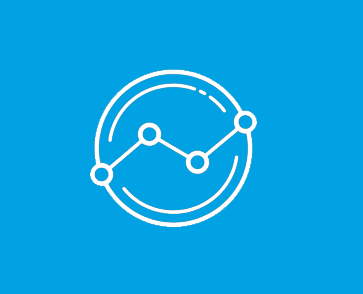Why market development funds (MDF) are so important
Market development funds (MDF) are a part of an organization’s channel marketing strategy. These funds are like allowances for your channel partners to use for the development of local marketing channels. They are used by the vendor company to extend their marketing reach without having to make direct investments into local manpower. These are most advantageous for tech companies to further their local marketing opportunities — channel partners can do the field marketing aspect for you (and at a much lower cost).
Until recently, how channel partners used MDF was unaccounted for. They were often used to buy season tickets to sporting events and such. But now, for the most part, channel partners have to earn these market development funds. For every incentive goal achieved by the partner, the partner “banks” MDF as a reward Those funds can be used as long as the vendor approves what they are being used for.
Ideally, channel MDF accounts for 10-15% of the entire marketing budget and can be extremely effective. But there are quite a few challenges and misconceptions when it comes to their execution.
- How much is enough? What is the correct amount of MDF that should be allocated to channel partners?
- They don’t work.
- What am I missing out by not using MDF?
Let’s pick these up.
How can you develop an MDF budget?
- Tech companies can solicit their large partners to submit annual business plans, involving their planned investments in hiring, marketing, training, infrastructure, etc.. From this, you can extract marketing spend, which — when aggregated across your partner base — will be a clear estimate of what your MDF budget needs to accommodate. [Note: Fielo can help you with the cross-channel aggregation formulas.]
- MDF can also be demand/growth-based – How much was used this year, and for what was it used? What is the expected growth in channel revenue next year? What are the projections for various marketing channels/activities' effectiveness next year? [Again, Fielo can help with the formulations.]
If MDF is so great, why is it so underutilized?
In the tech industry, of the total MDF budgeted, only about 50% gets utilized by channel partners. The utilization of these valuable resources can be pinned down by poor communications, excessive administration, and lack of clarity on their strategic use.
All of these blockers can be addressed with the right application of the right technology solution. Your PRM tool can automate the entire process of funds request/approval/allocation/reimbursement, thus reducing unnecessary and potentially frustrating steps — and response time — along the way.
And with the application of CIPM (channel incentive program management) technology, you can make clear connections between drivers and outcomes, such as deal closures, new opportunities, marketing activity effectiveness, and MDF utilization.
The next challenge – should you leverage MDF?
There are many ways to derive great value from your MDF investment and reward leverage in your channel incentive program. The entire objective is to hyper-personalize the local reach of the brand. It’s a great way of ensuring reach while playing to the channel partners’ strengths.
And the impact on your reward budget? Yes, MDF represents dollars paid out, but those dollars accrue benefits back to you, in the form of expanded brand reach and increased revenue as a result.
Watch out for our upcoming ebook “Cutting Your Incentive Program Rewards Budget (by Half or More)” to learn more about Market Development Funds and how they can enhance your channel incentive program ROI.
Do you want to learn how to combine these reward types? Are you wondering what would work best for the kind of behavior that you want to incentivize? Well, don’t look too far ahead. Watch this space for a major reveal. Coming soon.




